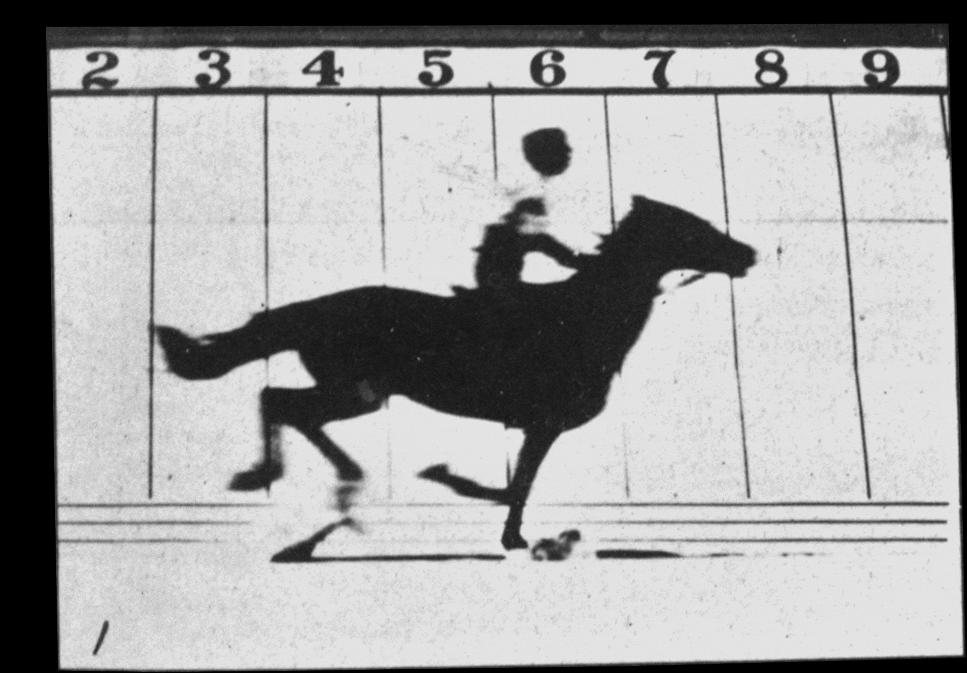From Still Images to Moving Time
In June 1878, photographer Eadweard Muybridge captured what no one had seen before—a horse in full gallop with all four legs off the ground. Working with Leland Stanford at the Palo Alto track, Muybridge used 12 cameras triggered by tripwires to photograph Stanford’s racehorse, Sallie Gardner, running at a 1:40 gait.
The Invention of Chronophotography
Muybridge’s images became the first known use of chronophotography—multiple sequential photographs capturing movement. The results upended artistic depictions of horses and were hailed internationally as a scientific and technological breakthrough.
A Turning Point in Visual Media
Though previously believed to be impossible, Muybridge reduced shutter speeds to near 1/500th of a second. His zoopraxiscope, introduced in 1880, allowed him to project sequences, effectively making him one of the earliest to exhibit motion pictures.
A Global Impact
Muybridge’s studies influenced scientists, artists, and inventors like Thomas Edison. His work with Stanford continued into the 1880s and eventually led to over 20,000 images, helping lay the foundation for modern cinema and motion analysis.

